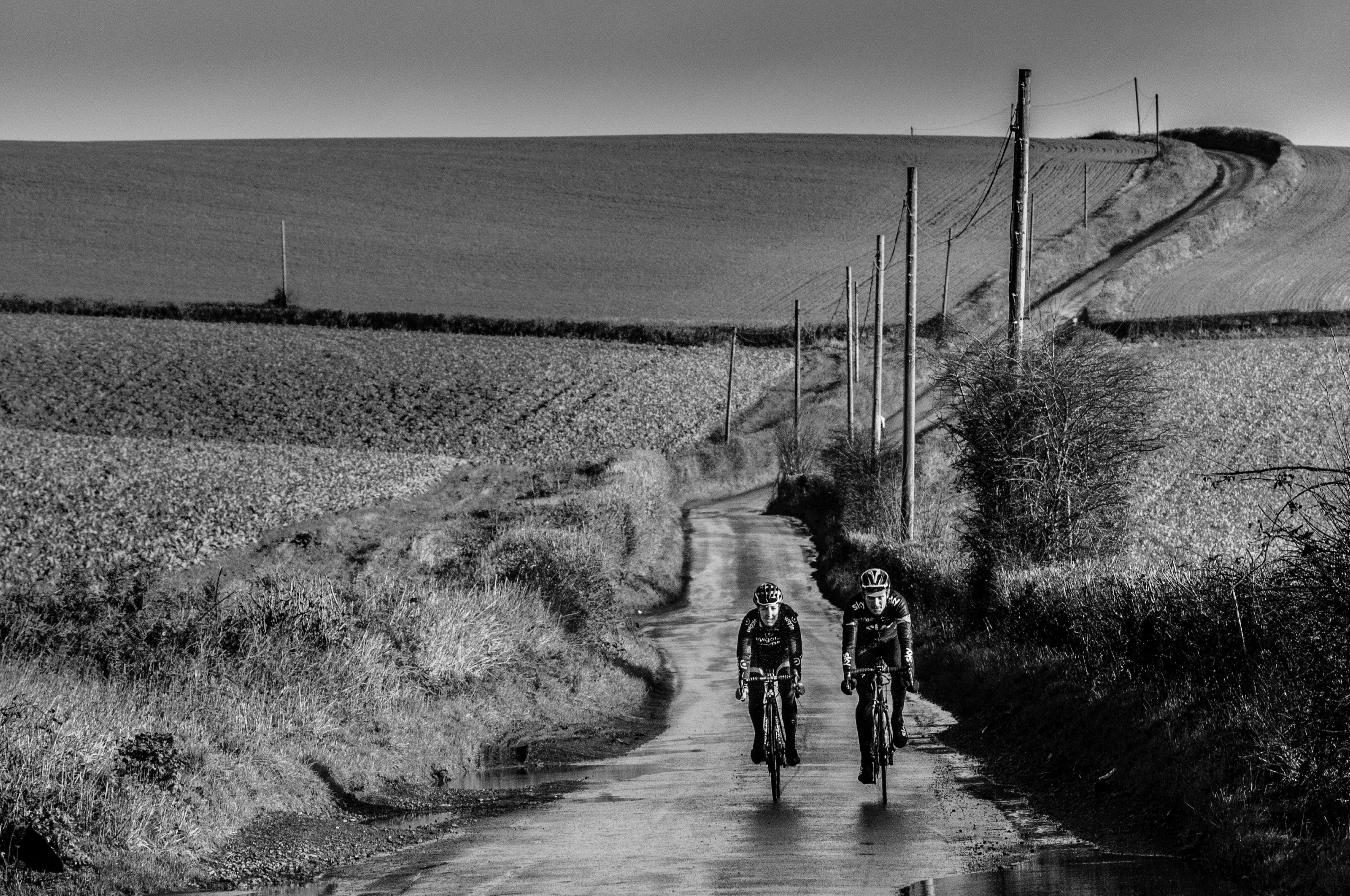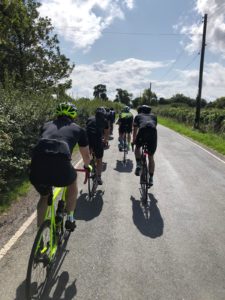Winter training and ‘aerobic base’?

To start, what do we mean by ‘aerobic base training’ for cyclists? R&K Coach Matt Rowe summarises aerobic base training as;
“the training and subsequent development of your aerobic capabilities, which in real terms means increasing the amount of work your muscles can do using oxygen – without contribution from your anaerobic energy system”.
Traditionally, it’s believed that winter ‘base training’ should consist of very long rides at low intensity. While this approach can be effective if you have the time to make the necessary adaptations, there’s a significant issue: most cyclists are short on time and can’t commit to the lengthy rides required.
As a result, many cyclists fall into the pattern of riding too easily and at a low intensity during their winter aerobic base training. Unfortunately, this can backfire, as you may not be allocating enough time to achieve the fitness gains they’re after. To enhance your fitness and develop your aerobic capabilities, you need to present your body with a challenge that exceeds its current capabilities.

When a cyclist rides at endurance pace for an hour or two, they are likely already capable of that effort, meaning they’re not providing the stimulus needed for much / any improvement. In contrast, a 4 or 5-hour ride at a relatively easy pace can push them beyond what they’re accustomed to. If lengthy rides aren’t feasible for your schedule, you need to compensate by increasing the intensity of workouts (in a disciplined way, retaining the aerobic stimulus); otherwise, you risk missing out on the vital stimulus required for fitness enhancements.
To experience benefits from low-intensity riding, substantial volume is essential. This typically means committing to around 12-20 hours of training per week. However, most cyclists simply can’t devote that kind of time. In such cases, it’s wise to explore alternative methods for base training – the classic being SweetSpot Training (read more on SweetSpot Training here).
Regardless how you approach your base training, the objective is to stimulate physiological adaptations, namely increased; capillarisation, mitochondrial function, fat metabolism, and cardiac output, which combine to offer a greater aerobic work capacity. This is your endurance and foundation for further, more intense training.
Post written by Rowe & King Coach, Matt Rowe
@LukeRowe1990
@Dani_Rowe_MBE
@RoweandKing